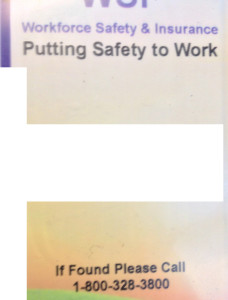There’s been a lot of yelling about insurance costs under PPACA/Obamacare of late, most of which is uninformed, unintelligible, ideologically based or just plain wrong.
Here’s the scoop.
As of 8/30, 17 states and DC have released comprehensive rates for insurance plans bought via their Exchanges. And the news is quite good.
The CBO’s projected rates for a 40 year old individual were $320; the benchmark rates in 15 of 18 states out so far are lower than CBO projection. Benchmark rates are based on the second lowest priced Silver plan. The two highest cost states – VT and NY – are anomalies as the rates and plans are affected by current rate limits and the existing ban on medical underwriting, both of which drove rates up.
Because the actual premiums are lower than projections, the federal budgetary cost of subsidies is actually going to be lower than projected. This assessment is based on a comprehensive analysis done by the good folk at Kaiser Family Foundation did a comprehensive analysis.
If a 40 year old individual with income at 250% of the FPL uses tax subsidy to buy a bronze plan, insured’s rate can be as low as $97 in Hartford CT.
So what accounts for the differences in today’s premiums vs ACA premiums?
Rates are higher than today’s because:
– pre-existing conditions will be covered under ACA will increase premiums
– coverage is more comprehensive; for many people, their coverage will improve; todays plans often have (much) higher deductibles, limits on specific types of services,
– limits on cost variation by age, medical underwriting, and gender rating
Rates are lower than projected because:
– 80/20 MLR threshold lowers premiums (insurers have to pay at least 80% of premiums for actual health services
– rate review by states/feds will reduce premiums; in some states it already as as the local regulators have required insurers to cut premiums to earn a place in the Exchanges
– federal reinsurance for high risk members will lower premiums
– most purchasers will get subsidies, either via credits based on their income (declining subsidies based on income from 100% to 400% of the federal poverty level) or credits for small employers.
– Most importantly, and I’d argue most significantly over the long term, PPACA’s Exchanges will engender fierce price competition, price competition that doesn’t occur today because consumers don’t know what their cost will be until they’ve completed the underwriting process. In the Exchanges, they’ll be able to directly and quickly compare plans from multiple insurers, without having to wade thru the minutia of different benefit designs, coverage limits, and exclusions and limitations.
Notably, in Oregon, two insurers’ plan costs came in high; the insurers realized they were priced out of the market and reduced their premiums to compete – this is very different from today where medical underwriting and the application process hides actual prices.
What does this mean for you?
Perhaps the biggest benefit of PPACA’s Exchanges is they level the playing field, making it easy for consumers to figure out what their costs will be for which plans. This is going to force insurers to compete based on value, not on how well they can underwrite – aka avoid selling insurance to anyone who might actually have a claim.

